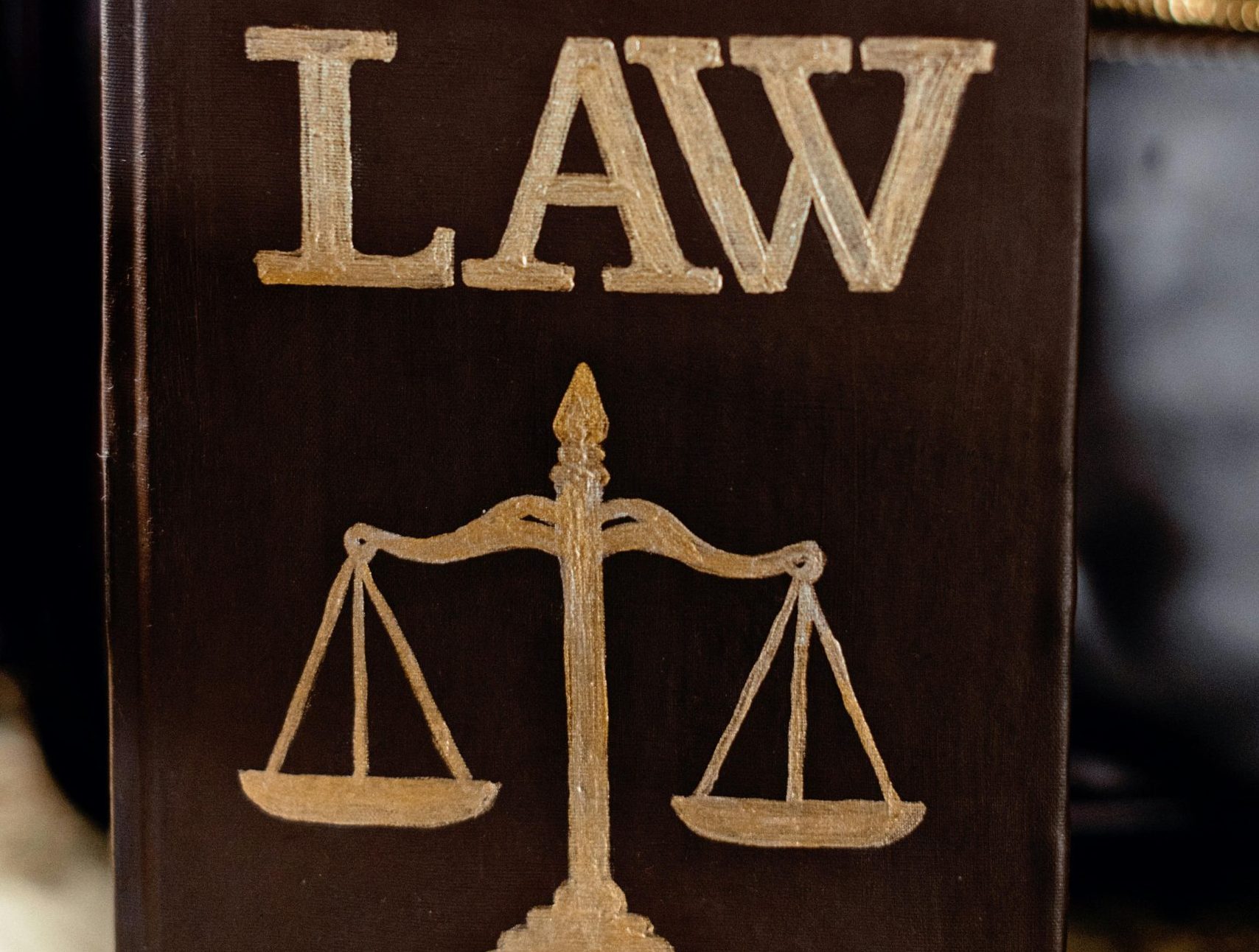What Does the Law Tell us About Child Neglect?

No Specific Offence
For some of the most severe cases of neglect the law can be applied when certain offences have been committed. As detailed in other sections of this practice guidance, there is a definition of neglect in our statutory Working Together 2023 multi-agency guidance with Howarth (2007) also providing a framework of the different types of neglect. However, there is no specific offence of ‘child neglect’ in the UK.

Best Indicator
With no specific offence of ‘child neglect’ the best indicator of neglect related crimes against children is taken from the offence of ‘child cruelty’ as contained in The Children and Young Persons Act 1933 and its later amendments. It’s important to note that ‘child cruelty’ offences also include other types of harm against children such as physical abuse. For this reason, it is difficult to analyse the numbers of specific neglect offences.

Recorded Offences Increasing
We do know however that police recorded child cruelty offences are increasing. In 2017/18 there were 15,575 child cruelty offences recorded in England rising to 32,299 in 2022/23 (Home Office 2023). Factors influencing this increase include greater awareness leading to an increase in reporting, improved police recording and practice and a rise in investigating historical cases.

The Young Persons Act 1933
Let’s take a more detailed look at what The Young Persons Act 1933 says. Section 1(1) states that an offence occurs if:
• a person who has attained the age of sixteen years;
• who has responsibility for any child or young person under that age; wilfully (i.e. intentionally or recklessly);
• assaults, ill-treats (whether physically or otherwise), neglects, abandons or exposes him, or causes or procures him to be assaulted, ill-treated (whether physically or otherwise), neglected, abandoned, or exposed;
• in a manner likely to cause him unnecessary suffering or injury to health (whether the suffering or injury is of a physical or a psychological nature).
The offence covers a variety of conduct that can either together or separately amount to child cruelty.
Section 1(2)
Section 1(2) of The Young Persons Act further sets out that a person is deemed to have neglected a child or young person in a manner likely to cause injury to health in either of the following situations:
• Where a parent or person legally liable to maintain a child fails to provide adequate food, clothing, medical aid or lodging for the child or having been unable to provide the above failed to take steps to procure it to be provided; or
• Where the cause of death for an infant under 3 years is suffocation (not being caused by disease or the presence of a foreign body in the throat or air passages) while the infant was in bed with some other person who has attained the age of 16 years and where that other person was under the influence of drink or a prohibited drug either when he went to bed or at any later time before the suffocation. Part 5 of the Serious Crime Act 2015 (Section 66) defines a “prohibited drug” for the purposes of section 1(2)(b); furthermore, it expands the reference to suffocation occurring in a bed, to include any kind of furniture or surface used for the purpose of sleeping.
This is often referred to as “overlay”.
Courts & Sentencing
Child cruelty offences can be triable in the Magistrates and Crown Court. The maximum sentence is 14 years custody for offences committed on or after 28 June 2022, otherwise the maximum sentence is 10 years custody.
